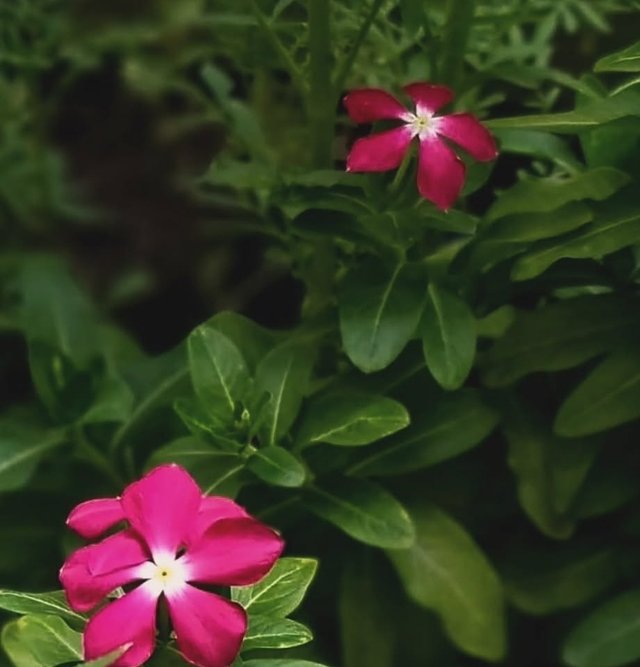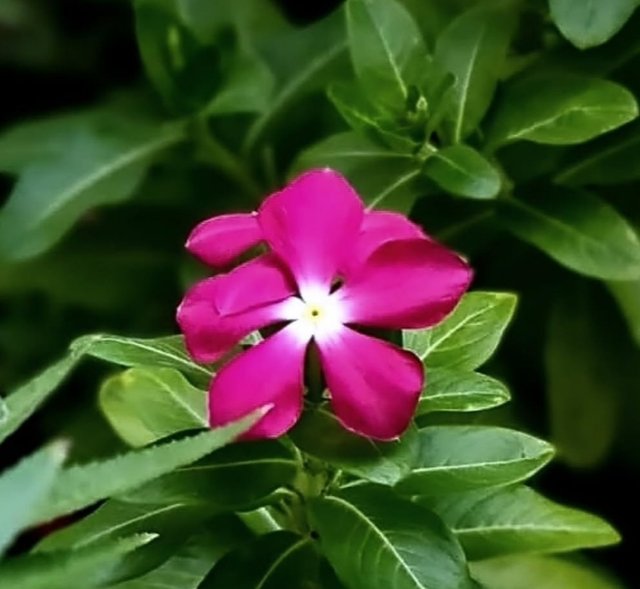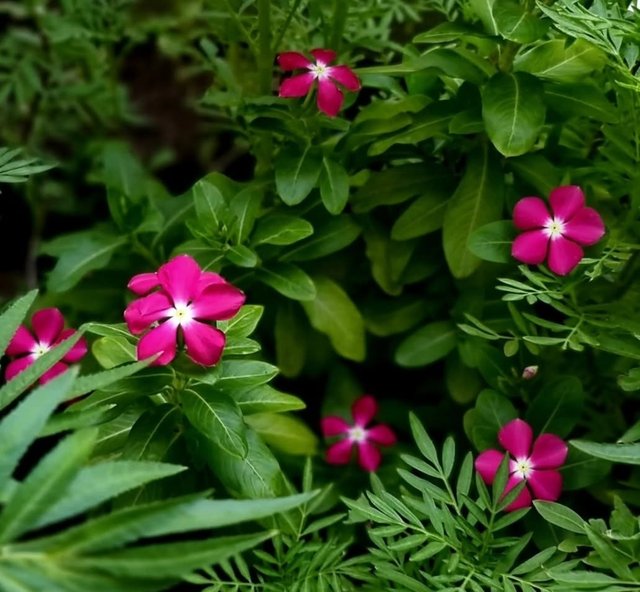Wonderful Periwinkle Flower
Periwinkle: A Timeless Beauty of Gardens and Traditions
Periwinkle, commonly known as Vinca, is a charming flowering plant admired for its glossy green foliage and delicate, star-shaped blooms. This versatile plant has found its place in gardens, traditional medicine, and even symbolism across cultures. Belonging to the Apocynaceae family, Periwinkle is native to Europe, North Africa, and parts of Asia, but it has now naturalized in many tropical and subtropical regions worldwide. Two well-known species are Vinca minorj,and Vinca major, though the name “Periwinkle” is also shared by Madagascar Periwinkle, an important medicinal plant.
Botanical Description
Periwinkle plants are evergreen perennials that typically grow low to the ground, forming dense mats of foliage. Their leaves are oval, glossy, and leathery in texture, offering year-round greenery. The flowers are usually violet-blue, lilac, or white, with five petals arranged in a pinwheel pattern. Vinca minor is particularly valued as a hardy ground cover, while Vinca major produces slightly larger leaves and flowers, making it ideal for ornamental borders.
Growing Conditions and Care
Periwinkle is a gardener’s favorite for its resilience and low maintenance.
Light: It thrives in both full sun and partial shade, making it suitable for a variety of garden settings.
Soil: The plant prefers well-drained, moderately fertile soil but can adapt to poorer conditions.
Watering: Regular watering during establishment is essential, but once mature, Periwinkle becomes drought-tolerant.
Propagation: It can be propagated easily through stem cuttings or division, making it a cost-effective ground cover.
Because of its vigorous growth, some species, particularly Vinca major, can become invasive in certain areas, so controlled planting is recommended.
Uses and Benefits
Ornamental Value: Periwinkle’s evergreen leaves and vibrant flowers make it perfect for borders, rock gardens, and erosion control on slopes.
Medicinal Importance: Madagascar Periwinkle has been extensively studied for its alkaloids—vincristine and vinblastine—which are used in the treatment of cancers like leukemia and Hodgkin’s lymphoma. In folk medicine, extracts from periwinkle have been used for managing diabetes, high blood pressure, and infections.
Erosion Control: Its creeping habit and dense foliage help stabilize soil, preventing erosion in vulnerable areas.
Symbolism and Cultural Significance
Periwinkle has long carried symbolic meanings. In European folklore, it represented everlasting love, friendship, and remembrance. During the Middle Ages, it was sometimes called the “flower of immortality” and used in funeral wreaths. In some cultures, its evergreen nature symbolizes renewal and hope.




%20(8).jpeg)